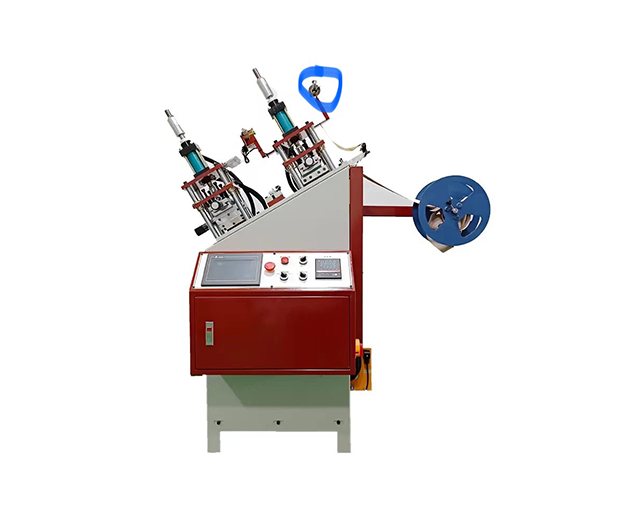Time:2025-06-24 Views:1 source:News

High-frequency (HF) embossing machines are critical equipment in industries such as leather, textile, and packaging, relying on electromagnetic fields to fuse materials and create embossed patterns. Proper maintenance is essential to ensure their longevity, operational efficiency, and safety. Regular maintenance not only reduces unexpected downtime but also preserves the quality of embossed products. Below is a detailed guide to maintaining these complex machines.
1. Daily Maintenance
Daily checks focus on cleaning and basic functional verification. After each operation, operators should remove residual debris, adhesive residues, or dust from the machine’s worktable, electrode plates, and embossing molds using non-abrasive cloths or compressed air. Accumulated debris can cause electrical arcing, uneven heat distribution, or damage to the mold surface, leading to flawed embossing. Additionally, inspect the cooling system—typically water-based—to ensure proper flow and temperature. High-frequency machines generate significant heat during operation, and inadequate cooling can overheat the oscillator tube or capacitor bank, causing premature failure. Check for leaks in the cooling pipes and ensure the water temperature remains within the manufacturer’s recommended range (usually 20–30°C).
2. Weekly/Monthly Maintenance
On a weekly or monthly basis, conduct more thorough inspections of mechanical and electrical components. Lubricate all moving parts, such as guide rails, slides, and pneumatic cylinders, using manufacturer-recommended lubricants. Dry or worn-out lubrication can cause friction, leading to jerky movements or misalignment of the embossing head, which affects pattern precision. For electrical systems, inspect connections for loose terminals or signs of oxidation, especially in high-current areas like the transformer and capacitor connections. Tighten any loose screws and clean terminals with a wire brush or contact cleaner. Test the functionality of safety devices, such as emergency stop buttons, overload protection switches, and grounding systems, to ensure compliance with safety standards.
3. Quarterly/Annual Maintenance
Every quarter, perform a comprehensive check of the high-frequency generator. Inspect the oscillator tube (e.g., thyratron or electron tube) for signs of wear, such as blackening or cracks, which indicate a loss of vacuum integrity and require immediate replacement. Clean the interior of the machine with a soft brush to remove dust that could compromise insulation. Annual maintenance should include a professional calibration of the HF output power and frequency using specialized testing equipment. Misaligned frequency (typically 27.12 MHz or 40.68 MHz) can cause inefficient energy transfer and material damage. Replace aging components like capacitors, which lose capacitance over time, affecting the machine’s power stability.
4. Mold and Tooling Care
Embossing molds are prone to wear due to repeated contact and heat. After each use, clean molds with a mild solvent to remove residue and apply a protective coating (e.g., anti-rust oil) to prevent corrosion. Inspect mold surfaces for dents, scratches, or uneven wear that could transfer to the material. Periodically check the alignment of the upper and lower molds to ensure consistent pressure distribution. Misaligned molds can cause partial bonding, weak embossing, or even damage to the machine’s mechanical structure.
By adhering to a structured maintenance schedule, operators can extend the lifespan of HF embossing machines, maintain product quality, and minimize operational risks. Always refer to the manufacturer’s manual for model-specific maintenance guidelines and consult qualified technicians for complex repairs.
Read recommendations:
Pneumatic hot stamping machine
Automatic PVC/EVA bag making machine
high frequency welder Factory.Steps for replacing the flat pasting machine belt
Complete control over products allows us to ensure our customers receive the best qualityprices and service. We take great pride in everything that we do in our factory.
